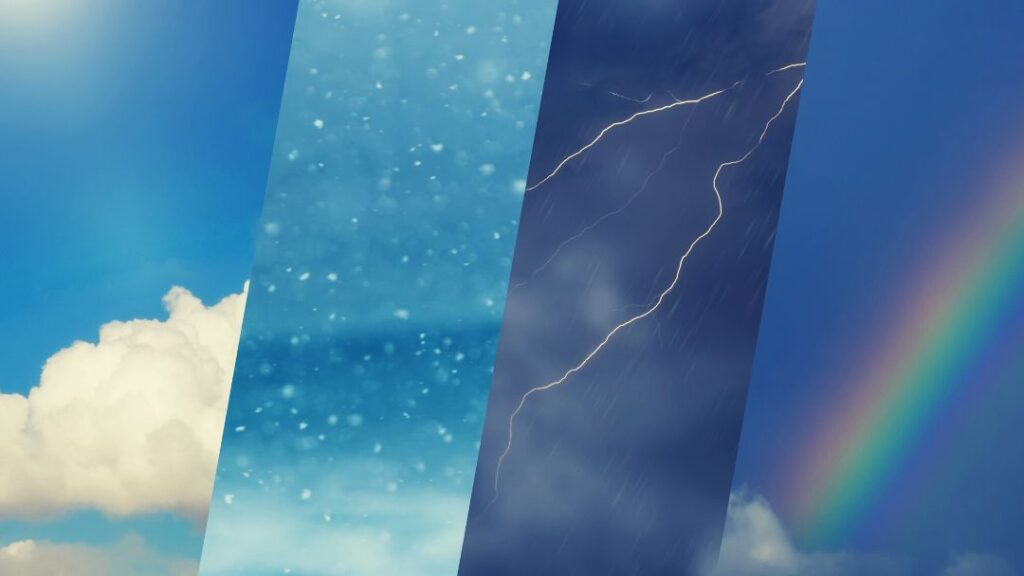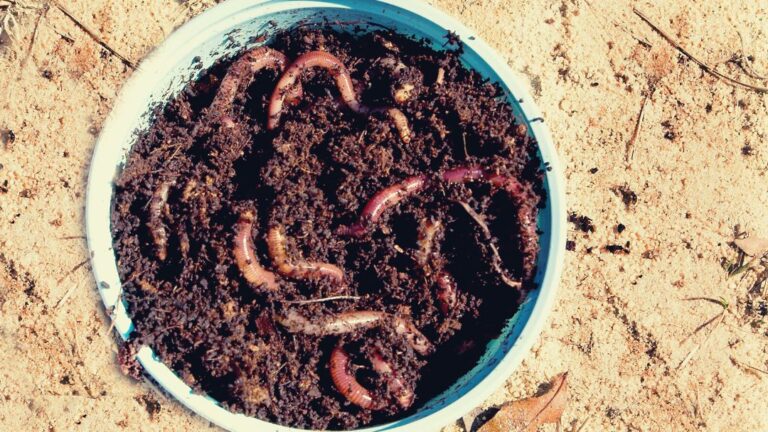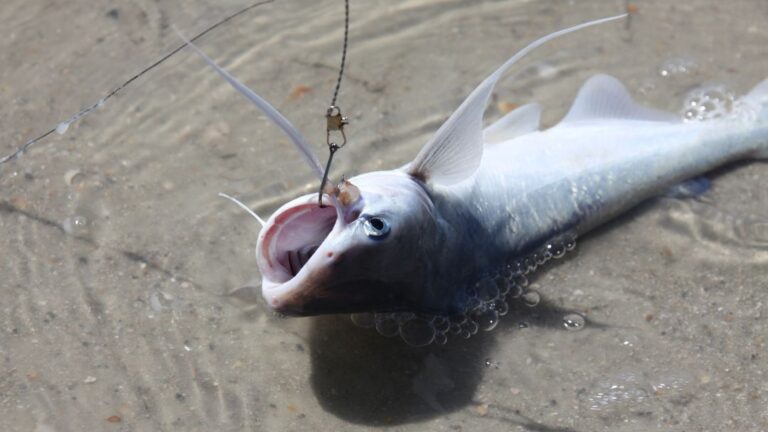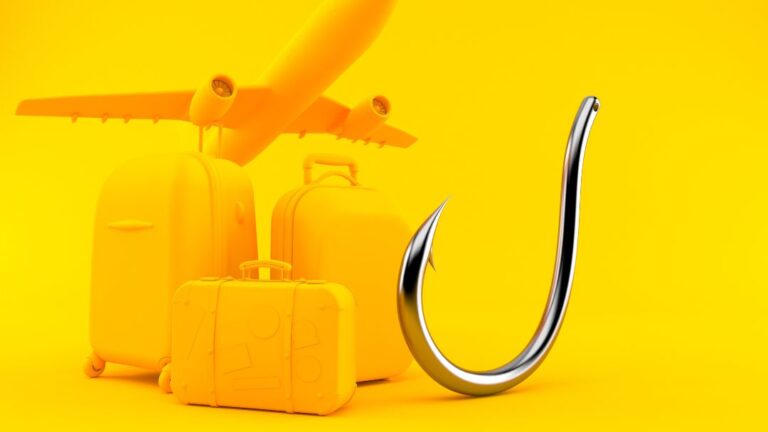Best Weather for Salmon Fishing
Weather is an essential factor for salmon fishing. Choosing the right time is crucial when it comes to catching salmon. After all, they react differently based on the weather conditions. So, what is the best weather for salmon fishing?
It is best to catch salmon during cloudy weather. Avoid fishing when the weather is extremely cold or hot. You can start fishing in the very early morning or at dusk. It is a good rule of thumb not to try to catch any salmon in the middle of the day.
What Is The Best Weather For Salmon Fishing?
According to most expert anglers, overcast weather is the best condition for salmon fishing.
The sky is completely covered with clouds and cuts out direct sunlight. As a result, a low light condition is created throughout the day.
It increases the bite session, allowing fishermen to catch more salmon fish.

Why Cloudy Weather Is Better For Salmon Fishing?
Salmon are more active during overcast weather than in sunny weather.
Plus, a lack of sunlight enables salmon to catch their food. Fish will not cover them anymore as shade is not necessary during cloudy conditions.
Another advantage of cloudy weather is that anglers can hide their bait and lure.
Calm weather makes salmon more active as they can spread out more.
Why Is Too Sunny Weather Not Good For Salmon Fishing?
Like many other fish, salmon is not a fan of extreme sunny weather.
They are cold-blooded creatures who depend heavily on the environment to cool or heat their bodies.
Too much sunlight makes the top water hot. Salmon generally prefer around 55 degrees Fahrenheit temperature.
They will go deeper to find cooler water when the top water is extremely hot. Anglers will have to use deeper lures and baits.
Fish will stay covered in particular spots and hide them to protect themselves from direct sunlight.
However, a small portion of sun rays that filter through the water isn’t considered extremely hot.
Why Is Too Cold Weather Not Good For Salmon Fishing?
Salmon fish depend on the environment to cool or heat their body because they can’t regulate their body temperature independently.
Too much cold weather forces salmon to change their metabolisms to adjust to the current temperature.
They slow down and become less active when their metabolism rate drops significantly.
Salmon will be less attracted to the bait as they are less hungry. It will be more challenging to catch fish.
Most often, salmon will go deeper into the water to find a comfortable water spot. But they may occasionally come in less deep areas to receive sunlight from boulders and rocks.
Why Is Heavy Rain Not Good For Salmon Fishing?
Heavy rains sometimes may shift many essential foods of salmon from one river to another. Salmon may struggle to find worms and other crawling critters from the river or stream.
In addition, they will reduce their activity during heavy rain.
They will go deeper to save themselves from the lighting effects if there is a thunderstorm.
Heavy rains produce more muddy water and make the fishing water less clear. As a result, it will be more challenging to find the position of salmon.
Besides, the oxygen level will increase during the rain. Salmon will take a little time to adjust. So, it is best to start catching fish after the rain.
How Does Weather Affect Salmon Fishing?
Weather can affect your salmon fishing positively and negatively.
Knowing when it can affect positively and when it can affect negatively is essential to become successful in the water.
The following factors play a significant role in your salmon fishing.
01. Water temperature
Generally, the water temperature and surrounding air temperature are the same. They have no difference.
If the water temperature increases or decreases, it affects the metabolism rate of salmon.
You will see a change in their behavior. Their growth, oxygen demand, and food requirements will be less or more.
For example, salmon need more food and oxygen during higher temperatures and less during colder temperatures.
It also involves their preference to obtain and digest food appropriately to receive enough nutrition.
02. Water Turbidity
Water turbidity defines how apparent the fishing water is.
During normal sunny light conditions, more light can enter the water and make the underwater clear and easily visible. It results in lower.
On the contrary, higher turbidity occurs when less or no light enters the fishing water.
Hence, salmon will struggle to see prey, baits, or lures in high turbidity water. Their feeding rate will decrease.
It will affect their visual systems and behavioral ecology.
Plus, anglers will find it difficult to see the presence of salmon if the water turbidity is exceptionally high.
03. Winds
Stronger winds result in more friction and higher waves. Heavy winds will pull more currents and nutrients with them.
This will affect the fish’s behavior. It may spur the feeding activity of the salmon, especially for larger species, such as King Salmon.
Plus, winds can blow food off the shore, stir up the food chain, and break up the surface. Anglers can use these foods as bait for catching salmon.
However, if heavy wind events are likely to occur, you should stay away from fishing.
04. Barometric Pressure
Barometric pressure can affect your salmon fishing significantly. You will see a noticeable variation in the fish behavior from a slight change.
When the barometric pressure is higher than average, they become less active. Salmon fish may go deeper and near cover.
Lower barometric pressure may provide anglers with more opportunities to catch more salmon.
The swim bladder of salmon fish feels feel less pressure during the lower barometric pressure. They can uncomfortably expand their body.
Salmon will try to lower the pressure by eating anything they get.
They may move to the lower water column or consume more gas to stabilize the barometric pressure.
The following table shows how to know whether the barometric pressure is high, low, or stable.
| Various Barometric Pressure | Barometric Pressure Level | Sky Conditions |
| High Pressure | 30.50 or more inches (Hg) | Apparent sky |
| Medium Pressure | 29.70 – 30.40 inches (Hg) | Regular weather |
| Low Pressure | 29.60 inches or less (Hg) | Cloudy or rainy weather |
Tips For Fishing Salmon In Sunny Weather
- Aim at fishing in fast-moving water where they can get a lot of oxygen to cool off.
- Look for shady areas in the fishing where salmon will try to hide. It can be rocks, roots of trees, etc.
- Use Plastic Worms, spinnerbaits, or Deep-Diving Crankbaits during hot weather for salmon fishing.
- The eyes of salmon fish are pretty sensitive. They can detect sunlight quickly. So, avoid fishing on top water as they are less likely to be found.
- Fish can’t always react within milliseconds. You want to cast rapidly after serving the bait.
- Night fishing is good during the extreme summer months as salmon will be more active and likely to go after the lure you drop.
- Practice fishing from the shoreline during the summer season. It gives increased mobility as you can explore more areas.
- Early morning fishing is better because the weather is calmer and fewer anglers are fishing. Fish are more active during this period and more likely to bite your bite.
- Different colors penetrate fish eyes differently. Experienced anglers suggest using silver, chrome, orange, red, and pink baits.
- Use heavier salmon fishing rods and reels to catch giant salmon. Otherwise, you will only see small-sized salmon.
Tips For Fishing Salmon In Cold Weather
- The first important thing is choosing the correct location. You can go through the maps from the Department of Natural Resources website to figure out where to find salmon.
- Most expert anglers recommend fishing between 10 a.m. and 4 p.m. as there is a good amount of sunlight. Salmon will visit in little upper water to warm up them.
- Finesse baits, jerk baits, jig-and-pigs or craws, Jigging spoons, small baitfish crankbaits, etc., are top baits for cold water power fishing.
- Use a GPS device to figure out the prime fishing locations where you can catch a lot of fish.
- Opt for salmon fishing when the water temperature ranges between 40˚F to 50˚F.
- Baits move slowly during cold weather. You want to gradually use your live or artificial move to mimic the movements of natural fish and let them bite the bait.
- If you are catching fish in a river, stay near shore as the water is warmer and shallow in this spot.
- Scout the bottom of the water as deeper water is slightly warmer than top surface water. Salmon are likely there for a long time.
- Some hours, you will see no sign of fish and, sometimes, dozens of fish. Regardless of the time of fishing, cultivate the habit of being patient. You will get the rewards of waiting.
- Offer the salmon fish large meals as they want to eat a lot of time during winter but less frequently and store the calories for a long time.
Summing Up
It is crucial to find the best weather for salmon fishing. After all, it determines your success in the water. Choosing the optimal weather conditions, using the right fishing gear, and implementing the proper fishing techniques allow you to catch more salmon fish.
We have already outlined how different weather conditions, such as sunny weather, cold weather, heavy winds, heavy rains, etc., can affect your fishing experience. Make sure to follow the fishing tips to be more successful in the fishing water. Happy fishing!






